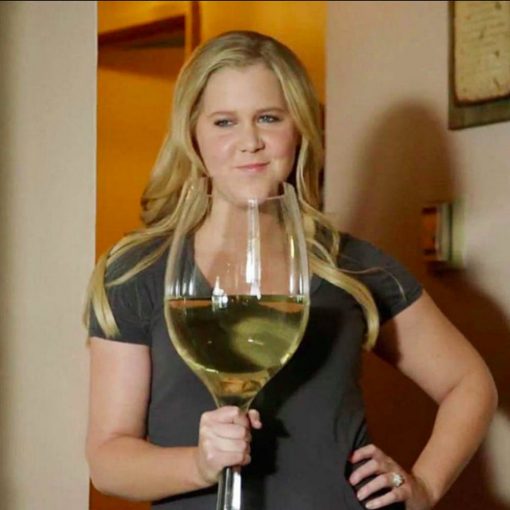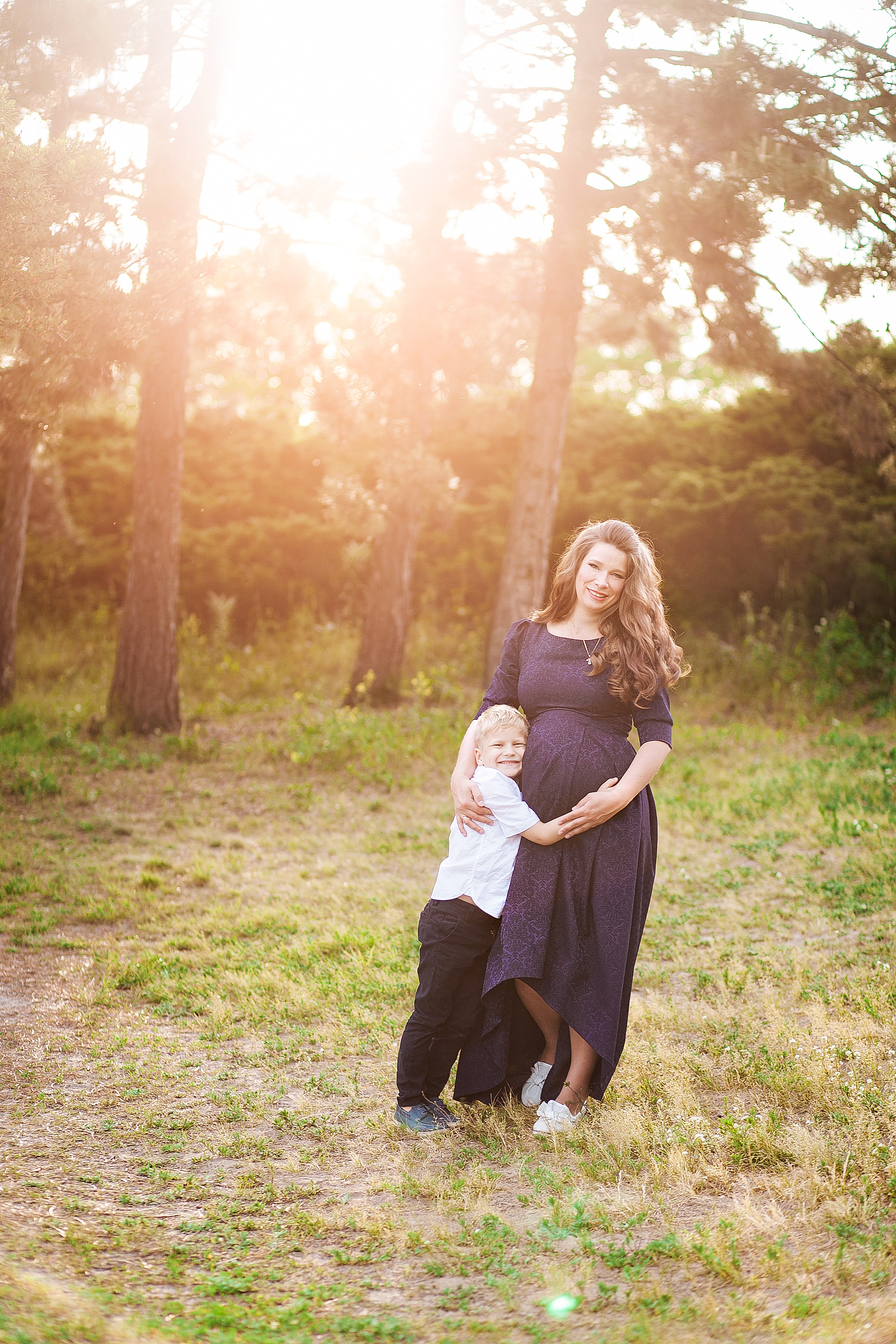Choose the best health insurance cover that suits your family’s needs!
Whether you’re thinking about starting a family or you already have children, you probably want piece of mind to know you’ll have access to the medical services you need, when you need them. There are few things more important than our health, and while we do have access to a range of public health services in Australia, you’re likely questioning if it’s also worthwhile getting private health insurance.
Whether you’re new to health insurance or are reviewing your current cover, with so many health insurance providers and policy options on the market, it’s hard to know where to begin. That’s why we’ve developed this guide to help you choose a health insurance cover that suits your family’s needs.
Click here for more health-related articles on reading food labels, wine mums and parent mental health!

Why take out private health insurance?
The main reason families take out private health insurance is to have more choice and control over their medical treatment.
While Australia’s public health system does provide access to a range of services and procedures, if you want more control over your health and treatment options, you may need private health insurance. Private health can not only provide you with access to services that may not be covered under the public health system, it also gives you the ability to choose your doctor or specialist and where you receive your treatment.
Having private health insurance also means that you can potentially avoid long waiting queues you may encounter in the public health system.

Choosing your type of cover
The first step when selecting a health insurance policy for your family is to choose the type of cover you’ll need.
Generally, you’ll have three options to choose from:
- Hospital cover – Hospital cover is designed to cover some or all of the costs associated with receiving medical treatment as an inpatient in hospital.
Having private hospital cover gives you the flexibility and choice of doctor and hospital you wish to be treated in. Plus you can also elect to be covered as a private patient in a public hospital. - Extras cover – Extras cover is designed to cover some or all of the cost of a range of other health services and treatments, such as dental, chiropractic, physiotherapy and optical.
- Packaged Hospital and Extras cover– Packaged cover is a combination of hospital and extras services under the one product. Most health insurance providers offer packaged covers aimed at suiting the needs of different ages and stages of life.
Most policies also include emergency ambulance cover, however it’s important to note that some insurers include this with their hospital cover, while others include it as an extra. It’s best to make sure you know what your chosen policy does or does not cover.

Choosing your level of cover
While most private health insurers currently offer customers the choice between top, medium or basic levels of cover, the federal government recently announced some changes to the way policies are categorized to make it easier to work out the level of cover you need.
From April 2019, health insurers will need to categorise their policies into four basic tiers (Gold, Silver, Bronze or Basic) which are based on the items included in the policy and the level of cover they provide.
If you’re just starting a family and want cover for pregnancy or fertility services, you’ll need to opt for a Gold level of cover. Private Health Insurance policies have no lock in contracts, which means that you are able to review your cover and change levels whenever your life circumstances and needs change.
From April 2019, health insurers will need to categorise their policies into four basic tiers (Gold, Silver, Bronze or Basic)
Make sure you also consider any specified waiting periods when selecting a policy, as these will affect how quickly you can access some services (for example, most insurers will specify a 12-month waiting period for pregnancy, meaning you’ll need to plan well in advance if you want to give birth in a private hospital).
You’ll also need to consider any excess or co-payment you’ll need to pay if you are admitted to hospital. Policies with an excess will require you to pay the specified amount upon admission to hospital regardless of how long you stay there, whereas a co-payment will be calculated based on the number of days you are admitted. Electing an excess and or co-payment is often a good way to reduce premiums, so make sure that you ask the question, but make sure you are aware of any costs that you will be up for if you do need to go to hospital.

Choosing your extras
Budget is a key constraint for most of us when shopping for private health insurance, so if you’re looking for a way to reduce the overall cost of your policy, your extras cover is usually the place to start.
If you know that one or more family members will need regular access to things like dental, optical, physiotherapy or chiropractic treatment, your extras policy is likely to pay for itself over time. It’s always a good idea to consider the cost of your extras policy versus the total benefit amount you may claim for using the covered services. Each private health provider offers different levels of Extras cover, so make sure that you are getting generous cover that is good value for money.
Click here for more information: https://www.healthpartners.com.au/

















